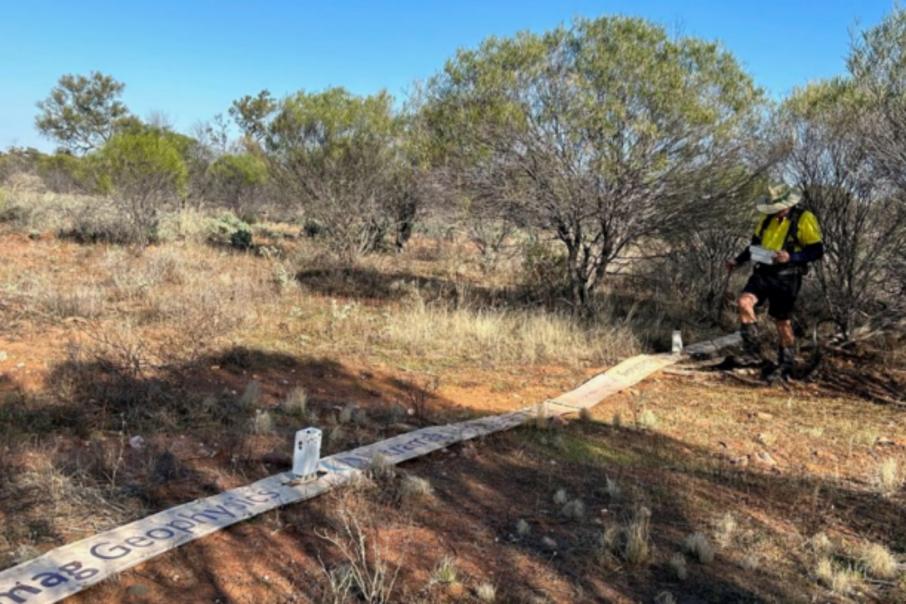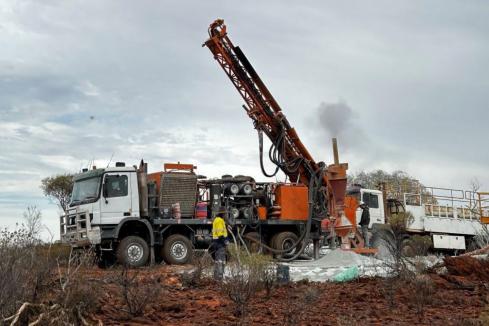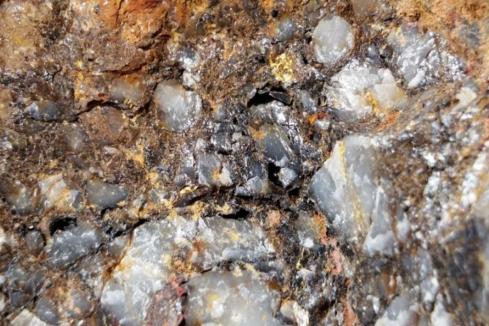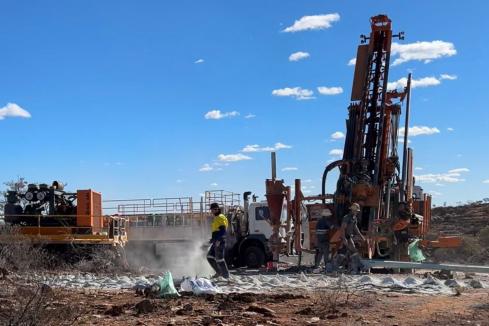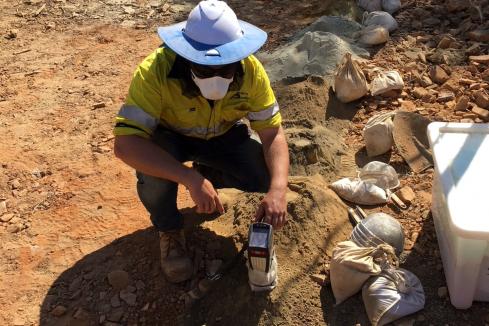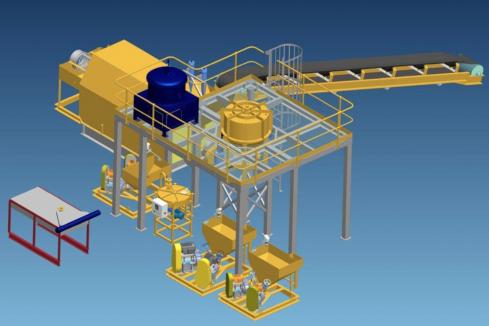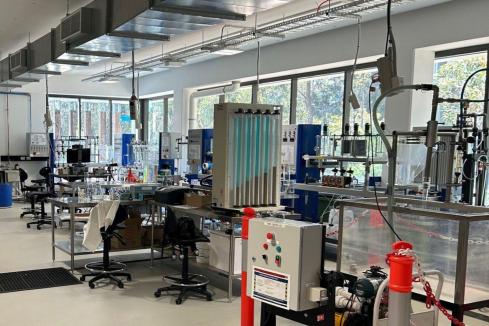Everest Metals Corporation believes the identification of a raft of new pegmatites has significantly boosted the potential of its Mt Edon mining lease near the former Western Australian gold rush settlement of Paynes Find.
The company last month completed Deep Ground Penetration Radar (DGPR) survey over 21 line kilometres and interpretation of the results shows 133 pegmatite-like anomalies prospective for lithium-tantalum and rare earths mineralisation that extends to depths greater than 50m. Management has immediately added the new drilling targets for a program expected to start within a fortnight.
The DGPR survey added more than 100 pegmatite targets to the company’s previously-reported 30 surface mapped outcrops.
Everest Metals Corporation chief operating officer Simon Phillips said: “The results of the DGPR geophysical program at Mt Edon has given the strongest imagery yet of numerous previously undiscovered pegmatite structures and have provided significantly optimised drill targets to support the RC drilling program.”
In October last year, Everest bought the Mt Edon mining lease, which sits about 5km south-west of Paynes Find in WA’s Mid West region. The lease was previously worked for tantalum from manganotantalite and alluvial deposits from 1969 to 1974.
The company considers it highly-prospective for a suite of valuable critical metals including tantalum, caesium, lithium, rubidium and rare earths, in addition to containing the Mt Edon pegmatite field. Mt Edon is known to host swarm pegmatites and many lithium-caesium-tantalum (LCT) pegmatites.
Everest carried out detailed geological and structural mapping over a 1.6km by 1.2km area in early March and identified previously unrecorded LCT pegmatites and quartz veins. Several large irregular-shaped felsic pegmatites were mapped as intrusions into the Paynes Find Greenstone Belt rocks.
The pegmatites appeared to be folded sills dipping in variable directions and angles connected at depth, indicating sill and dyke structures. The pegmatites occur as a folded sill appearing as dykes due to outcrop on fold noses.
Management says the prospective pegmatites are related to the nearby granite source rock and occur in a north-east striking band, some 1.2km long and 350m wide.
Everest’s DGPR survey included 21 profile lines comprising 19 main profiles at 100m spacing and two infill 50m spaced profiles. DGPR was chosen because it has good resolution of underground rock structures to 100m depth.
The results show 133 pegmatite-like anomalies interpreted as 116 dykes and 17 sills, with evaluation determining 35 pegmatites as high-priority drill targets. Clusters of pegmatites and layered anomalies are considered to occur along a north-east trending structure that may have controlled pegmatite emplacement in the region.
Dyke-like DGPR pegmatite anomalies trending north-easterly paralleling regional structures have been prioritised for drilling because data review shows they show a three-fold increase in mineralisation over the sills.
Everest says its mining lease area has tantalum mines and proven lithium=rich zones with niobium in a zoned pegmatite field. Lithium mica minerals lepidolite-zinnawaldite have previously been identified.
The company’s new drilling targets have been subject to only limited modern exploration. And while there is no certainty of economic success, it will be hard not to find some mineralisation of interest.
Is your ASX-listed company doing something interesting? Contact: matt.birney@businessnews.com.au






